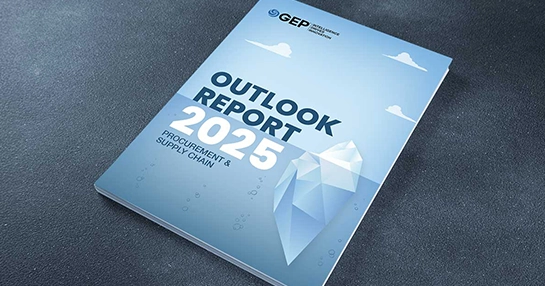
Procurement Virtual Assistants Are Changing Everyday Work
- AI assistants guide suppliers and users through complex procurement tasks.
- They reduce manual data entry and repetitive inquiries.
- They improve speed, accuracy, and user experience.
October 30, 2025 | Procurement Software 3 minutes read
Procurement teams manage an endless flow of interactions — onboarding new suppliers, answering sourcing questions, helping employees raise requests, and providing updates across systems. Most of these exchanges are routine but time-consuming.
Suppliers struggle with long registration forms and unclear instructions. Internal users send multiple emails to confirm sourcing event details or ask where to find templates. Buyers spend hours replying to inquiries that repeat week after week.
The volume of requests grows faster than staff capacity. As a result, onboarding slows, sourcing managers lose time to basic questions, and procurement systems remain underused. The process feels harder than it should.
Why Current Tools Fall Short
Procurement portals and email workflows have improved visibility, but they haven’t made interaction easier. A supplier trying to register still navigates multiple pages and uploads documents one by one. Employees searching for sourcing event rules must check shared drives or ask managers directly.
Traditional chat widgets and FAQs handle a small fraction of queries. They rely on fixed keywords and don’t adapt when users phrase questions differently. They also can’t complete actions, such as updating records or creating purchase orders.
To manage the growing workload, procurement needs assistants that understand intent, guide users, and perform tasks — not just point to documents.
How Procurement Software with AI Agents Solves It
Procurement virtual assistants use conversational AI to guide users and suppliers through common activities. Instead of reading manuals or navigating complex forms, users interact through chat or voice commands. Each assistant handles a distinct part of the procurement process.
Supplier Onboarding Virtual Assistant
Supplier registration is often the first impression a company makes. Long forms and unclear instructions can turn it into a barrier.
The onboarding assistant replaces static forms with a conversational flow. It asks suppliers for information step by step — company name, tax details, certifications, and bank data — validating entries in real time. It can prompt for missing documents, provide examples of accepted formats, and confirm completion.
The process shortens onboarding cycles and reduces errors that typically appear when data is entered manually. Procurement teams receive complete, validated supplier profiles without back-and-forth communication. For suppliers, the experience feels straightforward and responsive rather than administrative.
Sourcing FAQs Assistant
Sourcing events generate many of the same questions: when bids are due, which documents are required, how pricing should be formatted. Each clarification takes time from sourcing managers and delays supplier responses.
A sourcing FAQs assistant is trained on event data, timelines, and templates. Suppliers or internal teams can ask about eligibility, deadlines, or submission rules. The assistant provides consistent answers instantly, even outside business hours.
This improves supplier engagement and ensures that responses arrive on time and in the correct format. It also reduces the number of repetitive inquiries directed at category managers.
Explore 101 AI Use Cases
Real-world use cases that show how AI is transforming every stage of procurement
Voice-Enabled Procurement Assistant
For buyers and approvers working on the move, typing into procurement systems can be slow. A voice-enabled assistant allows users to perform tasks or retrieve information through simple spoken commands.
A buyer can say, “Create a purchase order for vendor X,” or “Show approved contracts this quarter.” The assistant executes the request or retrieves the data directly from the system.
This function improves accessibility for mobile and field teams. It also speeds up small administrative tasks that otherwise require logging in through a desktop interface.
The Impact
Procurement virtual assistants create time, consistency, and better user experiences. Onboarding moves faster, sourcing events run with fewer interruptions, and employees complete actions more easily from anywhere.
The value compounds across the function.
- Supplier data becomes cleaner because it’s captured correctly the first time.
- Sourcing teams handle fewer repetitive questions and focus on strategic engagement.
- End users gain confidence in the system and are more likely to use it correctly.
Each assistant delivers a small gain that adds up to a broader change — a procurement process that feels responsive instead of rigid.
The Implication
Procurement virtual assistants don’t replace people; they remove the friction that slows them down. By combining conversation, automation, and system access, they make everyday interactions faster and more accurate.
When suppliers and employees can complete tasks through natural dialogue, procurement becomes more accessible and more aligned with how people actually work.



